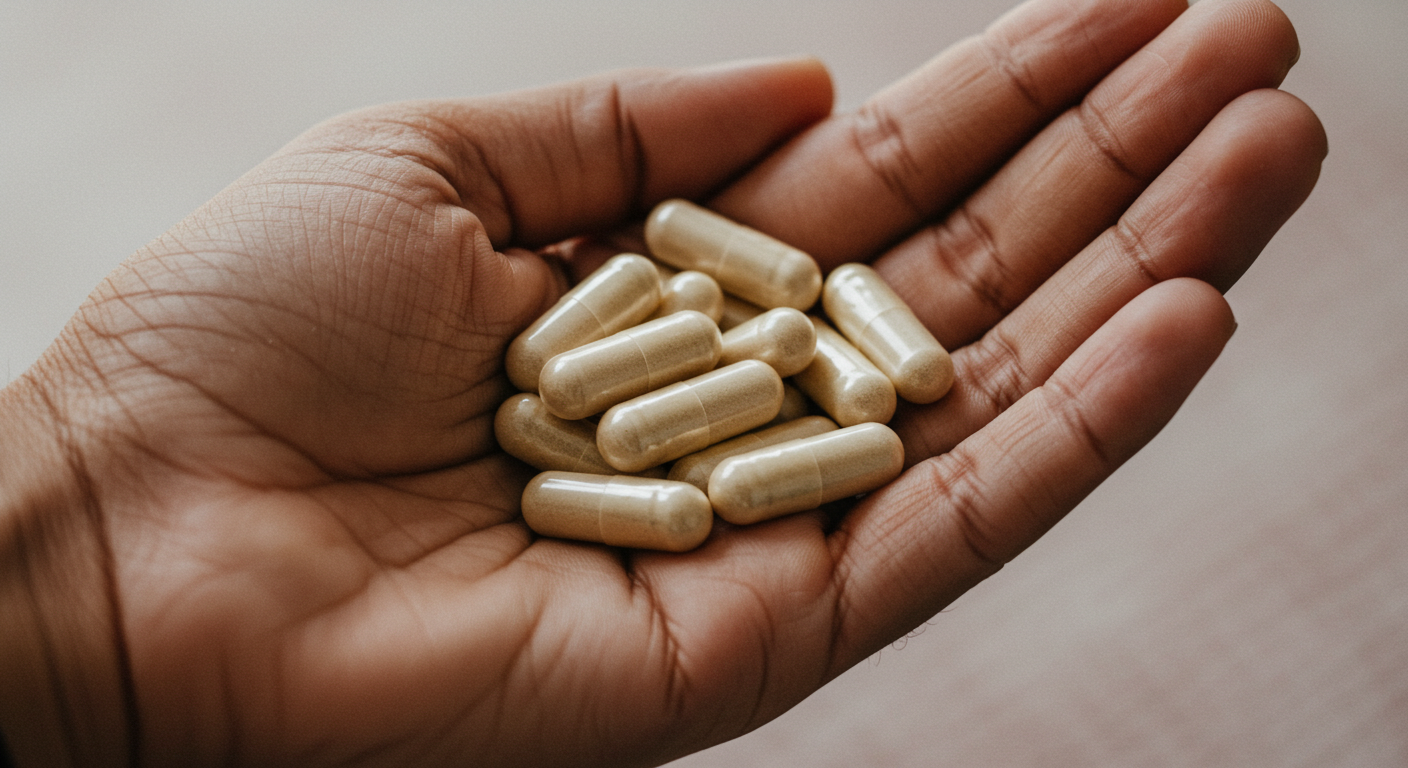Dr. Kumar’s Take:
A new study suggests that the probiotic Saccharomyces boulardii may be an effective adjunct therapy for knee osteoarthritis (KOA), particularly in overweight and obese individuals. The randomized, triple-blind, placebo-controlled trial demonstrated significant reductions in pain, inflammation, and oxidative stress markers, alongside improved quality of life. Given its safety profile, S. boulardii could be a promising non-pharmacologic intervention for KOA management.
Brief Summary:
A 12-week randomized, triple-blind, placebo-controlled trial investigated the effects of Saccharomyces boulardii supplementation in 70 patients with knee osteoarthritis (KOA). The primary outcome was pain intensity, measured by the Western Ontario and McMaster Universities Osteoarthritis Index (WOMAC) pain score and the Visual Analogue Scale (VAS).
Results showed significant reductions in pain, inflammation, and oxidative stress markers, with S. boulardii outperforming placebo in nearly all measured parameters. Acetaminophen use decreased substantially in the probiotic group, suggesting a potential opioid-sparing effect.
Key Takeaways:
✔ Significant pain reduction—Probiotic use led to a greater decrease in WOMAC pain scores (-3.57 vs. -1.43 in placebo, p < 0.001) and VAS pain scores (-2.11 vs. -0.90, p = 0.002).
✔ Lower inflammation and oxidative stress—S. boulardii significantly reduced high-sensitivity C-reactive protein (hs-CRP) and malondialdehyde (MDA) levels.
✔ Reduced pain medication use—Acetaminophen intake dropped significantly in the probiotic group (-267 mg, p < 0.001).
✔ Improved quality of life—Patients reported better scores in physical health and pain-related role limitations.
✔ No severe side effects—The probiotic was well-tolerated, reinforcing its safety profile.
Study Design:
This was a 12-week, triple-blind, randomized, placebo-controlled trial involving 70 overweight/obese patients with KOA. Participants were randomly assigned to receive either Saccharomyces boulardii or a placebo. The study evaluated changes in:
- Pain intensity (WOMAC and VAS scores)
- Inflammatory and oxidative stress markers (hs-CRP, MDA)
- Acetaminophen use for pain relief
- Quality of life metrics
Results:
✔ Pain reduction—The probiotic group experienced a significantly greater reduction in pain compared to placebo (p < 0.001).
✔ Inflammation and oxidative stress—S. boulardii reduced hs-CRP by -2.72 µg/ml and MDA by -1.61 nmol/ml, both statistically significant.
✔ Medication use—Acetaminophen consumption decreased more in the probiotic group (-267 mg, p < 0.001).
✔ Quality of life improvements—Patients in the probiotic group reported better physical health and pain-related role function.
✔ No adverse effects—The probiotic was well tolerated without major side effects.
How Saccharomyces boulardii May Help Knee Osteoarthritis:
The exact mechanism by which S. boulardii alleviates KOA symptoms is not fully understood, but several hypotheses exist:
- Modulation of gut microbiota—Probiotics may reduce systemic inflammation by improving gut barrier function and modulating the microbiome.
- Anti-inflammatory effects—The probiotic may downregulate pro-inflammatory cytokines, leading to reduced hs-CRP levels.
- Oxidative stress reduction—S. boulardii appears to decrease MDA, a marker of oxidative stress, which is implicated in KOA progression.
Related Studies and Research
- Gut Microbiota and Osteoarthritis Pain – Explains the link between gut microbiota and osteoarthritis-related pain.
- Probiotics and Osteoarthritis Pain – Looks at how probiotics may contribute to pain relief in osteoarthritis.
- Probiotics and Postural Balance in Osteoarthritis – Discusses potential improvements in balance through probiotic use.
- Probiotics and Osteoarthritis Management – Examines different probiotic approaches for osteoarthritis symptom relief.
Frequently Asked Questions:
How long does it take to see results with Saccharomyces boulardii for osteoarthritis?
This study observed measurable improvements after 12 weeks, with pain reduction, lower inflammation, and reduced medication use.
Are there any side effects of using Saccharomyces boulardii?
The study reported no severe side effects. Probiotics are generally well tolerated, though mild gastrointestinal symptoms (bloating, gas) may occur in some individuals.
How does Saccharomyces boulardii compare to standard osteoarthritis treatments?
While not a replacement for NSAIDs or physical therapy, S. boulardii may serve as a complementary approach by reducing inflammation and oxidative stress.
Can probiotics help other joint conditions?
Emerging research suggests that probiotics may have benefits in rheumatoid arthritis and other inflammatory joint diseases, but more studies are needed.
Conclusion:
This pioneering study suggests that Saccharomyces boulardii supplementation may offer a novel approach to managing knee osteoarthritis symptoms. By potentially modulating gut microbiota and reducing systemic inflammation, this probiotic yeast could complement existing OA treatments. While these results are promising, larger clinical trials are needed to confirm efficacy, determine optimal dosing, and identify which patient populations might benefit most from this intervention.


